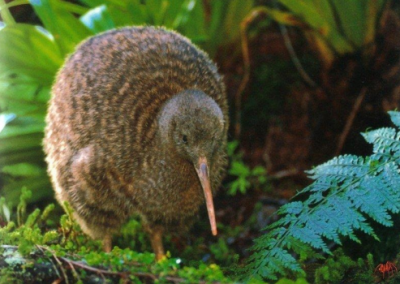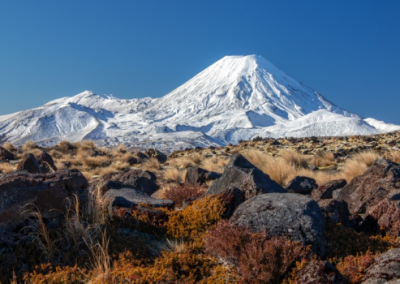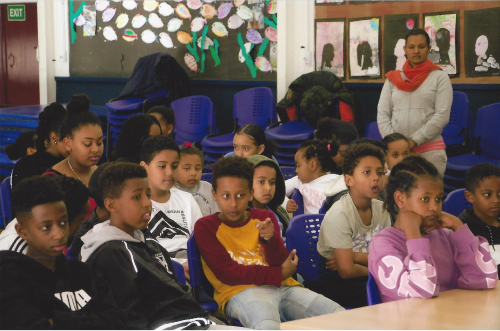LEARN ABOUT NEW ZEALAND
With fewer than 5,000,000 people living in the country, New Zealand is still very sparsely populated, with a lot of untouched, rugged landscapes and forests. New Zealanders live in the two main islands of the country, the North Island and the South Island.
The earliest settlers of New Zealand that are still around today were birds and other animals including the kiwi, a flightless bird with brown feathers and a long beak which has become the country’s national icon. Another notable animal is the tuatara, a small and unique reptile that has existed for over 200,000,000 years.
Compared to most other lands on earth, especially Ethiopia, New Zealand is very “young”. Humans arrived in the country for the first time only about 700 years ago, when Polynesian people began to settle here from other islands in the Pacific Ocean, and developed what we know today as Māori language, culture, and identity. They built wooden houses and hunted animals for food including the giant Moa, until it became extinct.
The second wave of colonization of New Zealand began when Europeans discovered the islands. In 1642, Abel Tasman from the Netherlands was the first European explorer to discover Aotearoa, and the lands were named New Zealand by the Dutch from this time onward. But it was the British that eventually became the main immigrants to the country, and in 1840 a treaty was signed between representatives of the British empire, and some of the chiefs of the Māori tribes. This treaty, the Treaty of Waitangi, is considered to be the founding document of contemporary New Zealand.






